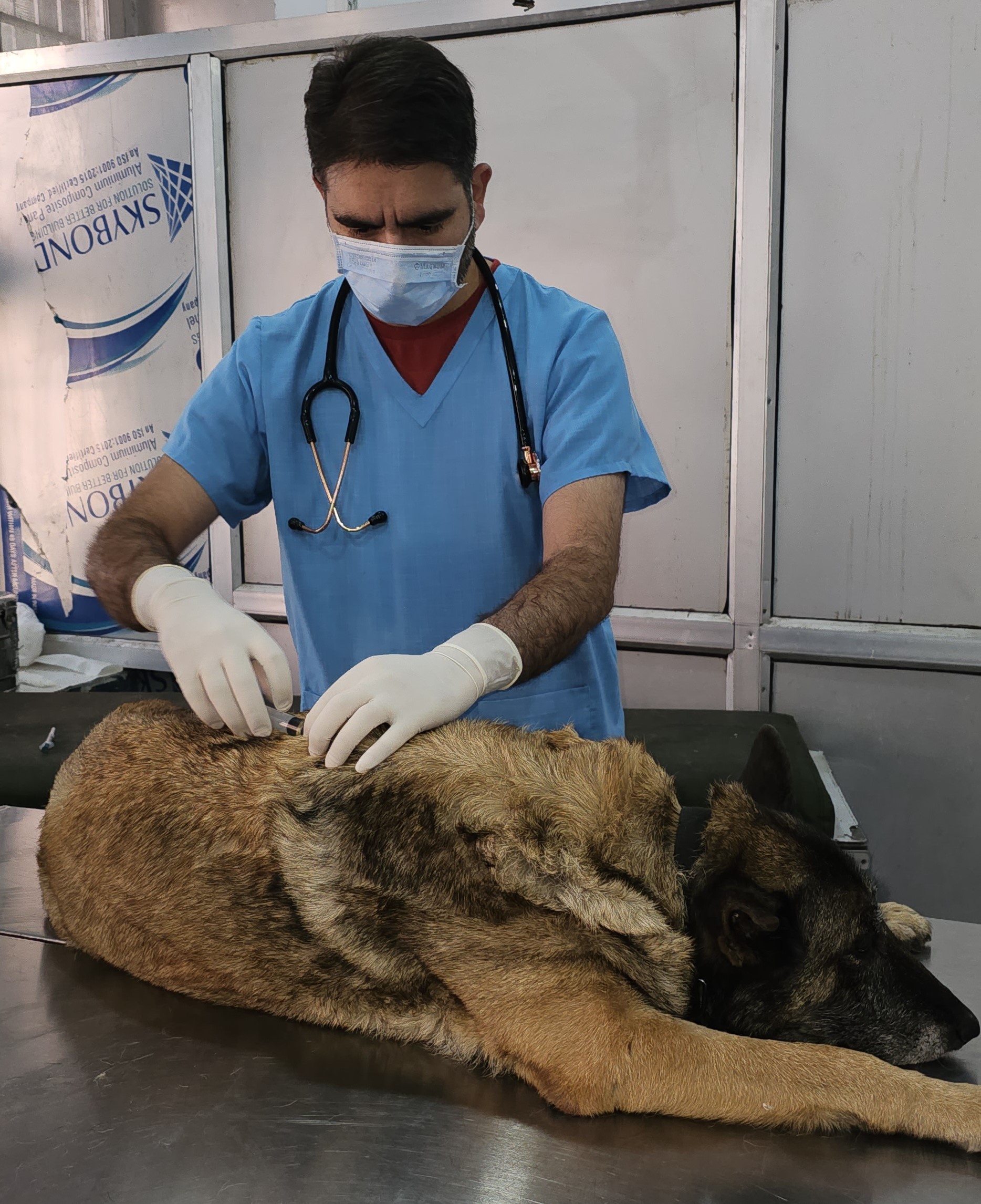Featured Article - 6 February 2024
A Veterinarian’s Pursuit of a Rabies-Free Future
Rabies, a 99.9% fatal disease, remains a global threat, but it is entirely preventable. At the forefront of the battle against rabies, our practices are making a significant impact, saving lives through simple yet effective measures.
One crucial step in preventing rabies after exposure is the humble act of washing the wound by simple soap water. As a veterinarian, I prioritize this basic yet essential practice in all treatments and first-aid procedures. It's a small action with a potentially life-saving outcome.

However, the most effective strategy for eliminating rabies is through proactive measures, primarily vaccination. By vaccinating dogs and cats before they even face potential exposure, we create a protective shield against this deadly disease. The emphasis on early vaccination has proven to be a game-changer in our efforts to combat rabies. Our commitment to mass dog vaccination programs, particularly in our designated program area, has yielded remarkable results. Due to our efforts, we have seen a significant decrease in rabies cases, with no reported cases in our program area since 2021.
Award money received from the Global Alliance for Rabies Control (GARC) has been instrumental in our mission. These funds have been strategically utilized to treat and vaccinate animals belonging to economically disadvantaged communities, ensuring that no pet is left unprotected due to financial constraints. Counseling sessions with pet owners have played a crucial role in raising awareness about various zoonotic diseases, with a special focus on rabies. This proactive approach has led to a high rate of pet vaccinations, contributing significantly to the mitigation of zoonotic disease risks in humans.
Information dissemination regarding rabies plays a pivotal role in our strategy. By informing the public about the importance of anti-rabies vaccination and promoting responsible pet ownership, we've witnessed a surge in pet owners coming forward to vaccinate their pets. Additionally, educating the community about dog behavior, especially during the breeding season, and advocating for the provision of food and shelter for strays has fostered better relationships between dogs and people, reducing the risk of bites in humans.

In my capacity as a veterinarian, I am resolute in ensuring that not a single dog or cat is left unvaccinated against this dreaded disease. Whether an animal is brought to the hospital for clinical examination, sterilization procedures, or any other complication, my commitment to rabies prevention remains unwavering. The Department of Animal Husbandry Kashmir is making essential treatments, anti-rabies vaccinations, and surgical interventions affordable for every pet or livestock owner. Subsidized rates, provisions for free treatment of strays, and surgical corrections for stray animals reflect our dedication to leaving no animal behind in the fight against rabies.
I extend my heartfelt gratitude to GARC and Boehringer Ingelheim for recognizing our collective efforts. Together, we are making strides toward our shared vision of making my country – India –rabies-free by 2030. As we continue this journey, we remain steadfast in our commitment to end rabies and ensure a safer, healthier future for both animals and humans alike.
Article contributed by 2022 World Rabies Day Awardee Dr. Qazi Mudasir Javeid, INDIA
